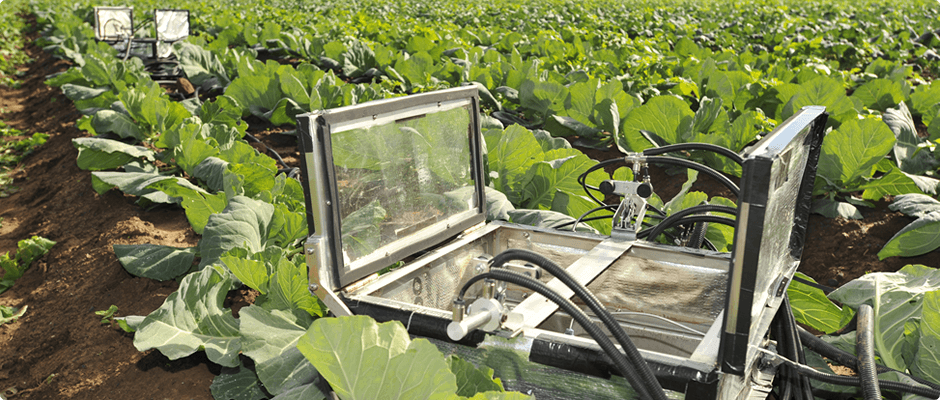Australia’s greenhouse gas emissions target
Australia aims to reduce emissions to 26–28 per cent on 2005 levels by 2030. This target was agreed at the Paris climate change conference in 2015 and represents a 50–52% reduction in emissions per capita and a 64–65% reduction in the emissions intensity of the economy between 2005 and 2030.
Direct Action Plan
The direct action plan is the coalitions mechanism to reduce Australia’s greenhouse gas emissions. This has replaced the carbon tax introduced by the Labour government in 2012.
The main feature of the direct action policy is the Emissions Reduction Fund which calls for businesses to submit tenders for projects that will either lower emissions or offset them.
Emission reductions are expected through a range of projects, such as cleaning up power stations, capturing landfill gas, reforesting marginal lands and there is a focus on increasing soil carbon in agricultural systems.
The Clean Energy Regulator will select projects with the lowest cost, and will enter into contracts to purchase the emissions reductions from these projects.
Emissions Reduction Fund
(Previously Carbon Farming Initiative)
The Emissions Reduction Fund (ERF) allows industry to earn carbon credits by storing carbon or avoiding greenhouse gas emissions.
The previous Labour Government’s Carbon Farming Initiative, which was introduced in 2011, has been expanded to form the ERF and now covers all sectors of the economy.
The ERF is managed by the Clean Energy Regulator and there are approved methodologies that are used to estimate the carbon sequestered or emissions reduced in order to generate carbon credits. There is no scope to earn credits outside of these methods and both The Department of Environment and the Department of Agriculture are tasked with developing new methods over time. An organisation can use a commercial aggregator service if they do not meet the 250 000 t CO2-e minimum emission requirement.
